You’re stuck in NAIA Terminal 3. Your flight to Cebu is two hours late, the airport Wi-Fi is throttled to the speed of cold taho, and your boss just Slacks, “Deck in ten?” You have two moves, either grab the trusty pocket Wi-Fi you buried somewhere between your power bank and skyflakes or open an app, buy an eSIM, and watch a QR code magic-trick its way into your phone.
Both get you online before the boarding gate riot starts. But which one should live in your everyday carry—or even replace the other entirely?

Editor
Lloyd Kelly Miralles chevron_right
Table of Contents
Pocket Wi-Fi vs. eSIM at a Glance
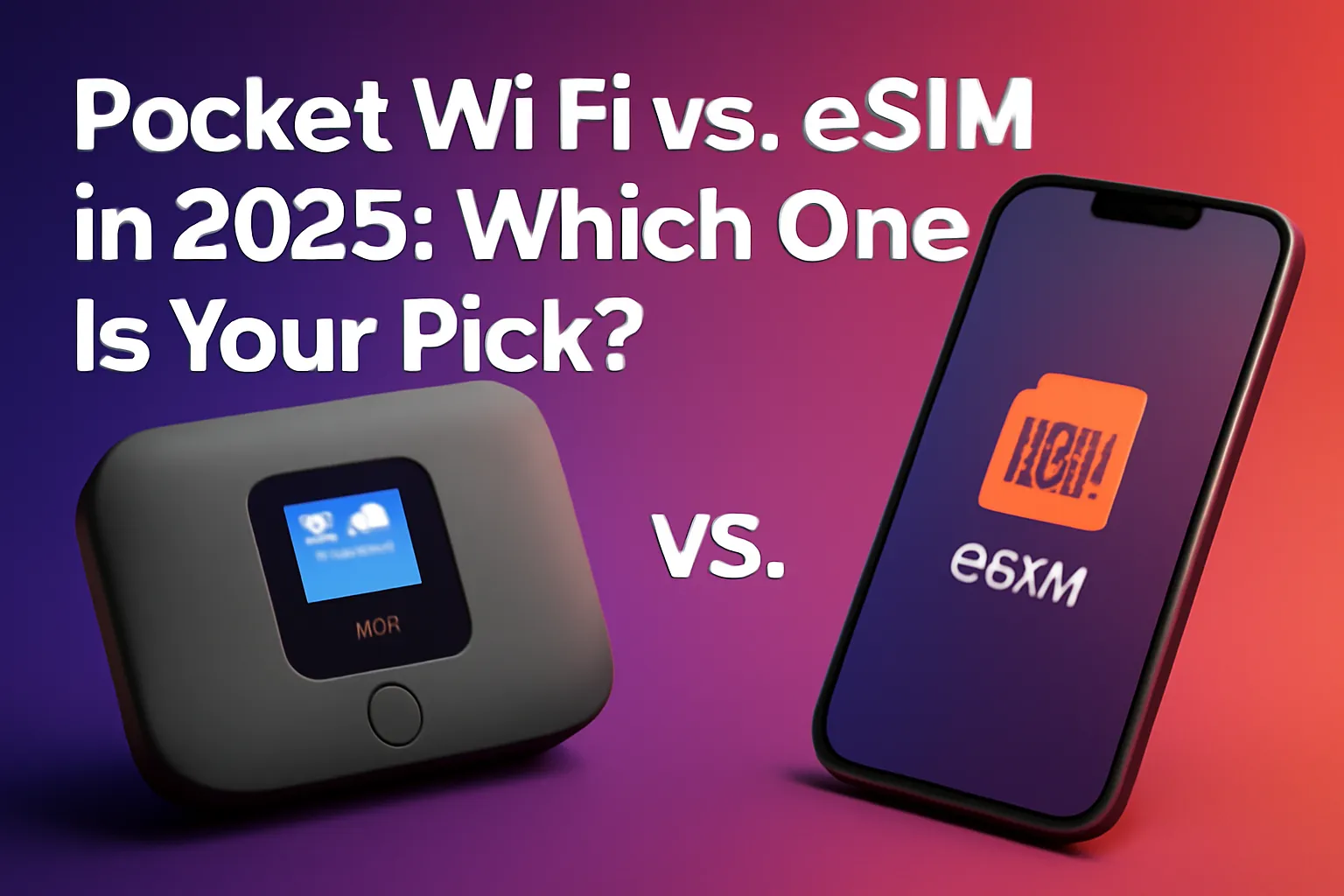
|
Pocket Wi-Fi |
eSIM |
|
|
What it is |
Palm-sized 4 G/5 G modem you charge, switch on, and share |
Digital SIM profile your phone (or tablet) downloads—no tray, no pin tool |
|
Up-front cost |
₱1 k–₱10 k for the gadget |
Usually ₱0—just pay for the data profile |
|
Ongoing cost |
Same promos you’d load on a phone SIM |
Same promos—or travel bundles from global eSIM apps |
|
Shareability |
Up to 10 devices straight out of the box |
Needs phone tether or a separate hotspot |
|
Battery & heat |
Separate battery to forget charge—but your phone stays cool |
One less gadget, but your phone’s battery takes the hit |
|
Setup vibe |
Five-minute ritual: insert SIM, find sticker password, done |
Two-minute scan-and-go: tap, scan QR, surf |
|
Best for |
Families, teams, “brown-out backup” planners |
Frequent flyers, minimalists, dual-number jugglers |
Speed? Coverage? Both ride the same towers. The winner is usually whichever has the better signal where you’re standing—or the bigger data promo that day.
Everyday Convenience
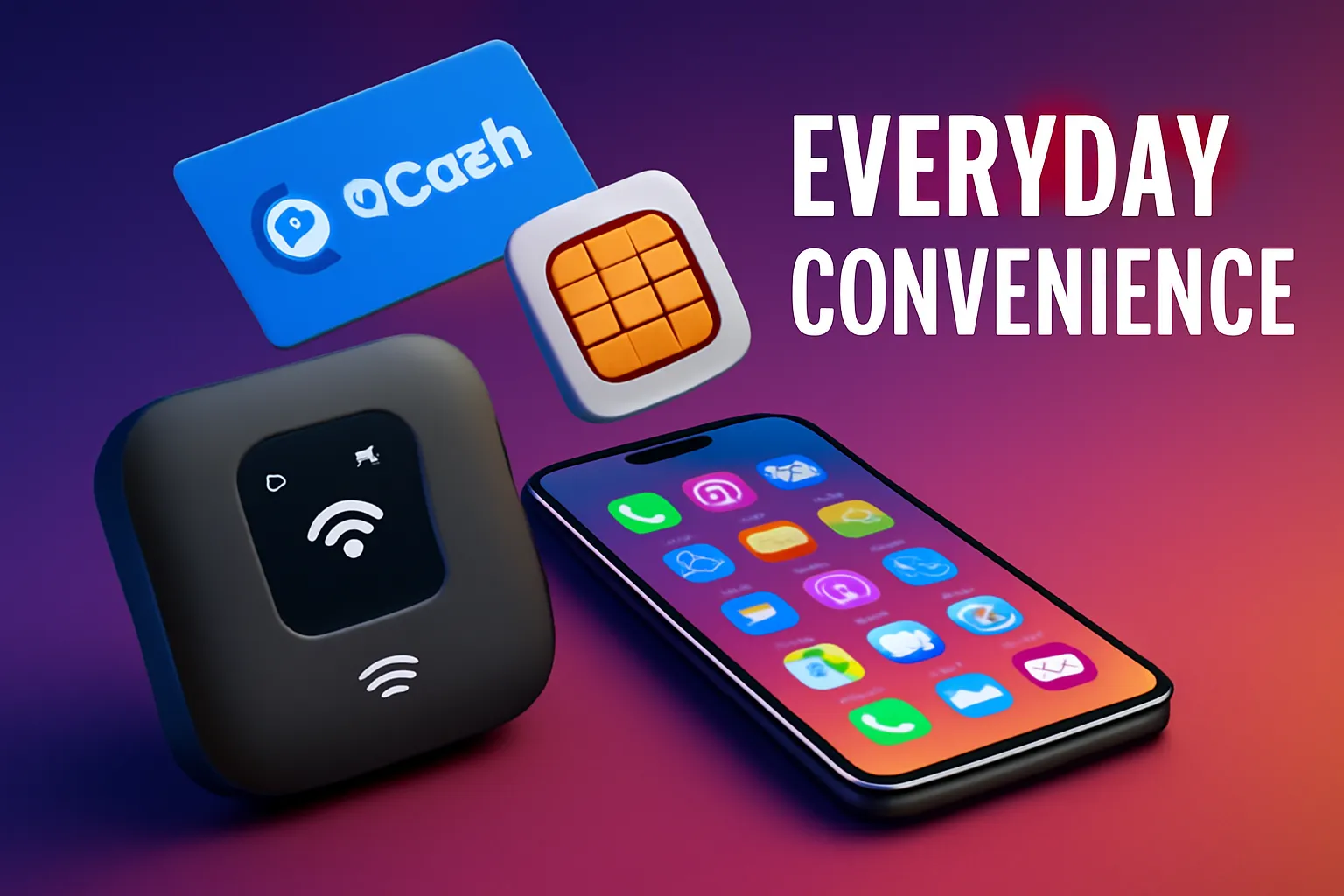
Pocket Wi-Fi feels like a Swiss-army-knife: solid, separate, dependable. Once it’s set up you can toss it to a teammate, park it on the dashboard, or duct-tape it to your drone controller (don’t @ me, it works). The downside? It’s one more thing to charge, and one more “Have you seen my…?” moment before a trip.
eSIM is digital sorcery. Buy a profile inside GlobeOne, Smart GigaLife, or any travel eSIM app, scan a QR, and boom—new mobile number, no hardware. Forget losing the SIM ejector just when your nails are trimmed. The catch: your 2019 phone might not support it, and dual-SIM addicts who swap phones every few months have to re-download profiles each time.
Winner on pure convenience: eSIM—unless your phone is too old or you need to share with the whole barangay.
Wallet Damage
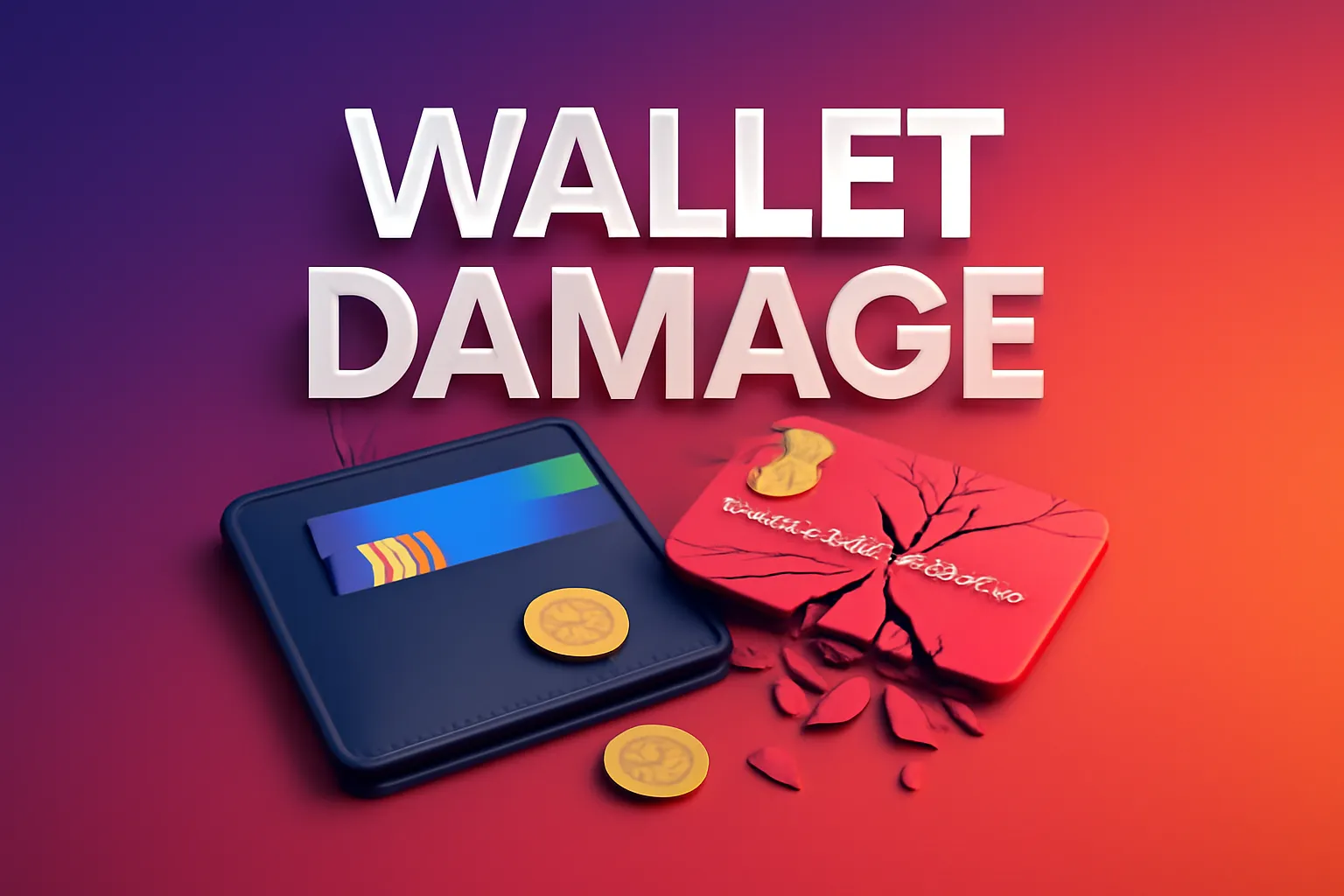
Pocket-Wi-Fi tax: You pay for the device up front. A basic LTE stick hovers around ₱1,300; Smart’s 5 G Pocket Pro can hit ₱10 k. If you connect five gadgets daily, it earns its keep fast. If you’re solo-surfing on a single phone, that’s a pricey paperweight.
eSIM tax: Zero hardware cost—the “device” is your phone. Most Philippine telcos charge the same data promos you’d load on a plastic SIM. And when you land in Japan or Sydney, a travel eSIM bundle is often cheaper than airport-kiosk SIMs (and cheaper than roaming).
Rule of thumb: Fewer devices, tighter budget → eSIM. Crew of laptops, tablets, and a smart TV in a brown-out-prone house → hotspot.
Battery Life & Heat
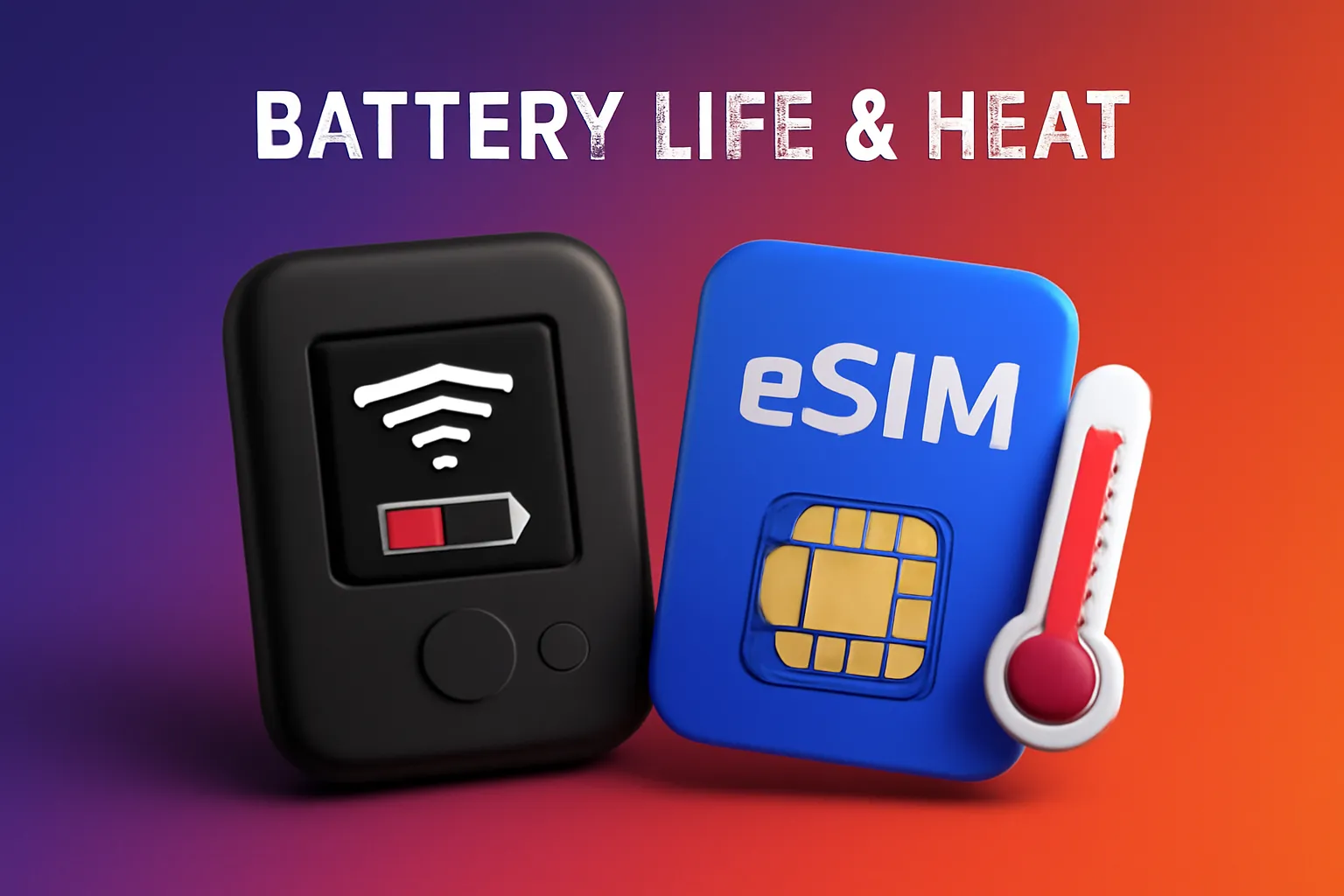
With pocket Wi-Fi, the hotspot soaks up the stress. Stream Netflix on the laptop, doom-scroll Twitter on the tablet, and your phone still has 60 % battery for midnight Grab rides. Downside? That hotspot needs its own charger—and the moment you forget it, you’ll remember.
With eSIM, your phone becomes the hotspot. Five hours of Zoom tethering can turn any handset into a hand-warmer. Pack a power bank or hunt for the café wall socket before the college kids nab it.
Multi-Device Sharing
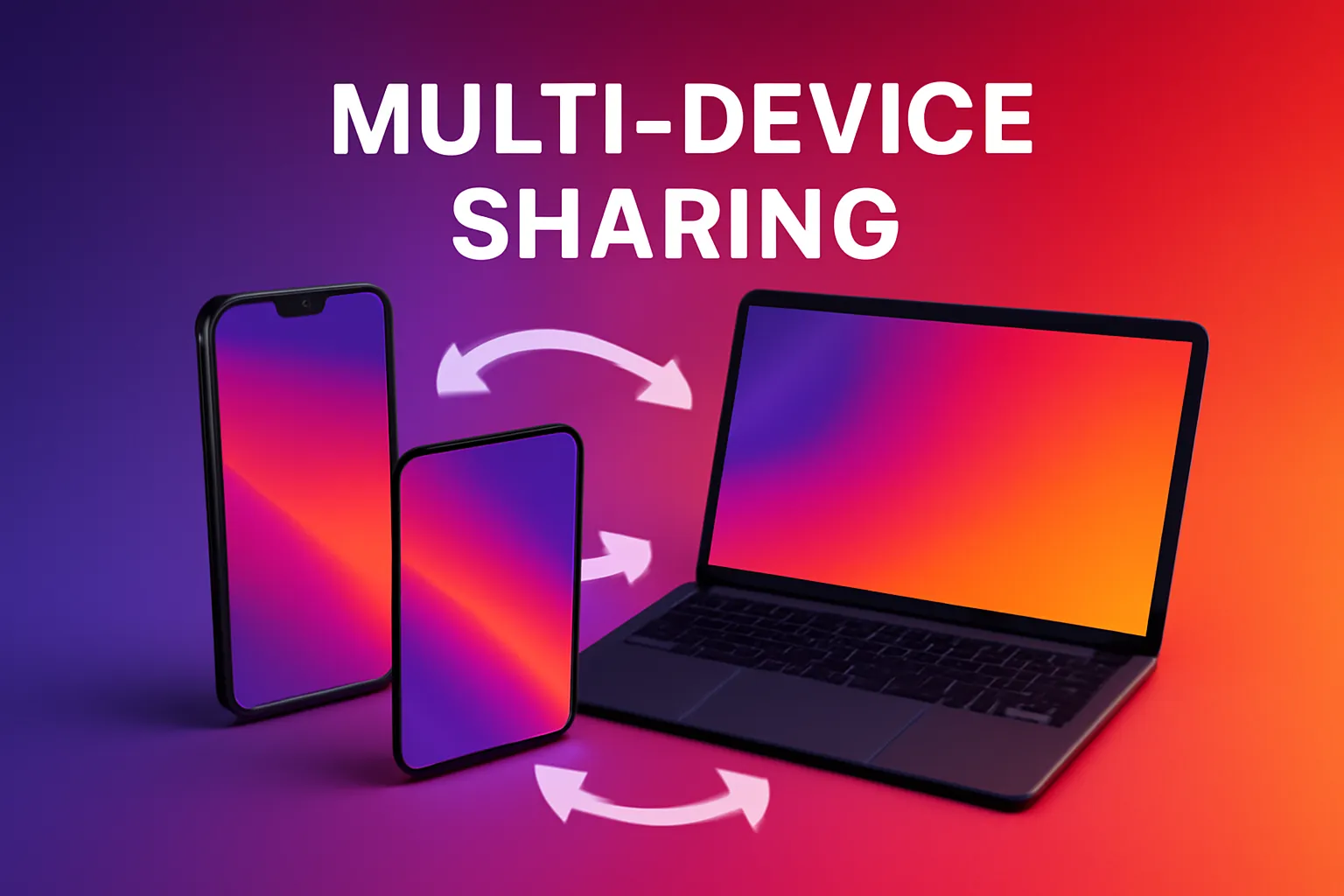
Hotspot devices are built for share-fest parties—kids’ tablets, a PS Portal in the van, your cousin’s “just one download” laptop. They handle 8–10 devices before breaking a sweat.
Phone tethering via eSIM works fine for 2–3 gadgets, then starts lagging like a slow-motion TikTok dance. iPhones even drop to a slower Wi-Fi mode when “Maximize Compatibility” kicks in.
Verdict: If your life looks like a tech bazaar, pocket Wi-Fi is the crowd-pleaser.
Travel & Roaming Mojo
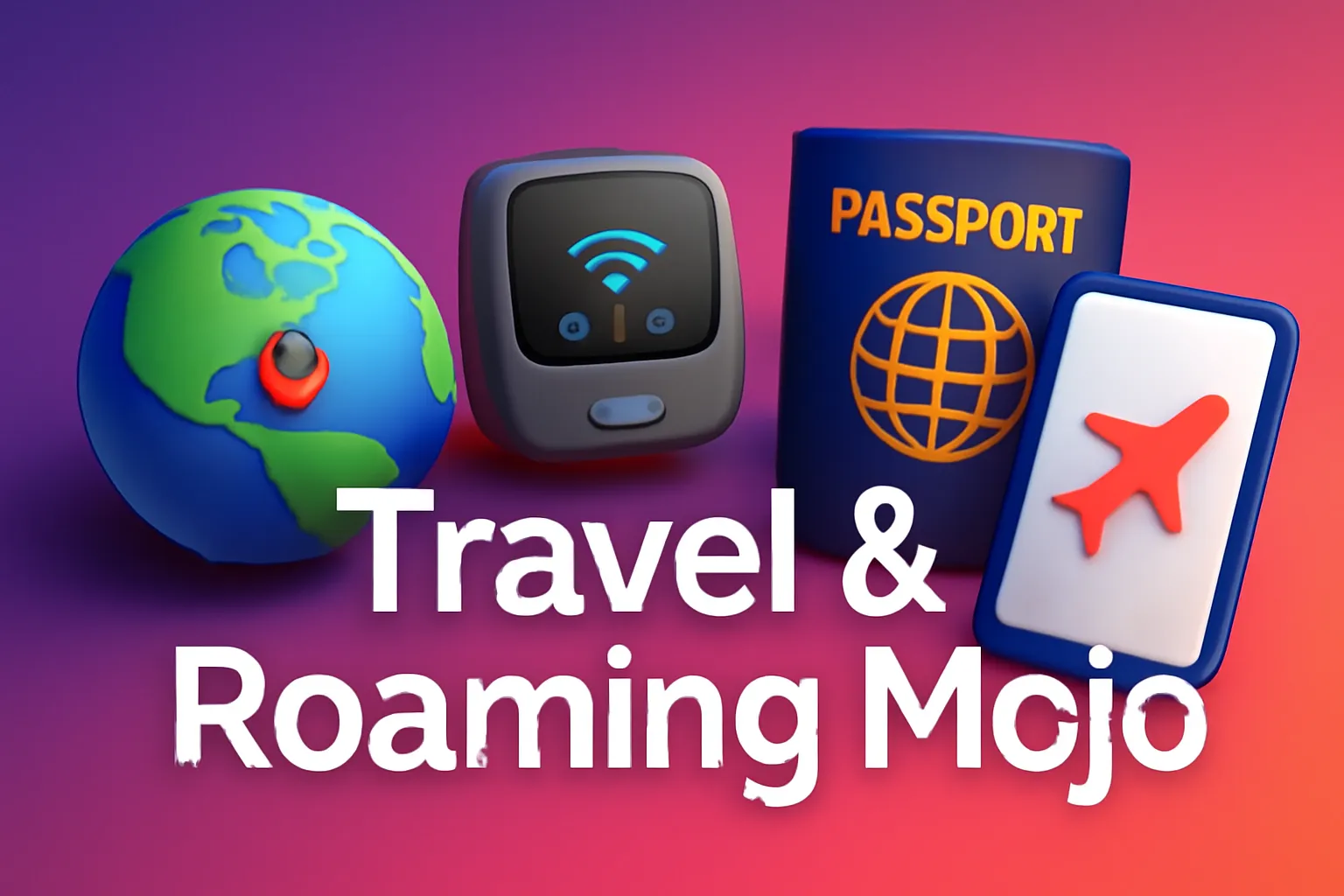
eSIM = instant globetrotting. Land in Seoul, open Airalo, buy “K-Asia 10 GB,” scan QR while waiting for luggage, and you’re set. No lining up at the counter, no fumbling SIM trays in a taxi.
Pocket Wi-Fi abroad works, but you’ll need a local SIM—meaning kiosk hunt plus another ₱600ish for the card. Some jet-setters rent “travel Wi-Fi eggs,” but that’s basically carrying two hotspots (and praying the rental battery isn’t half-dead).
Disaster Days & Brown-Out Insurance
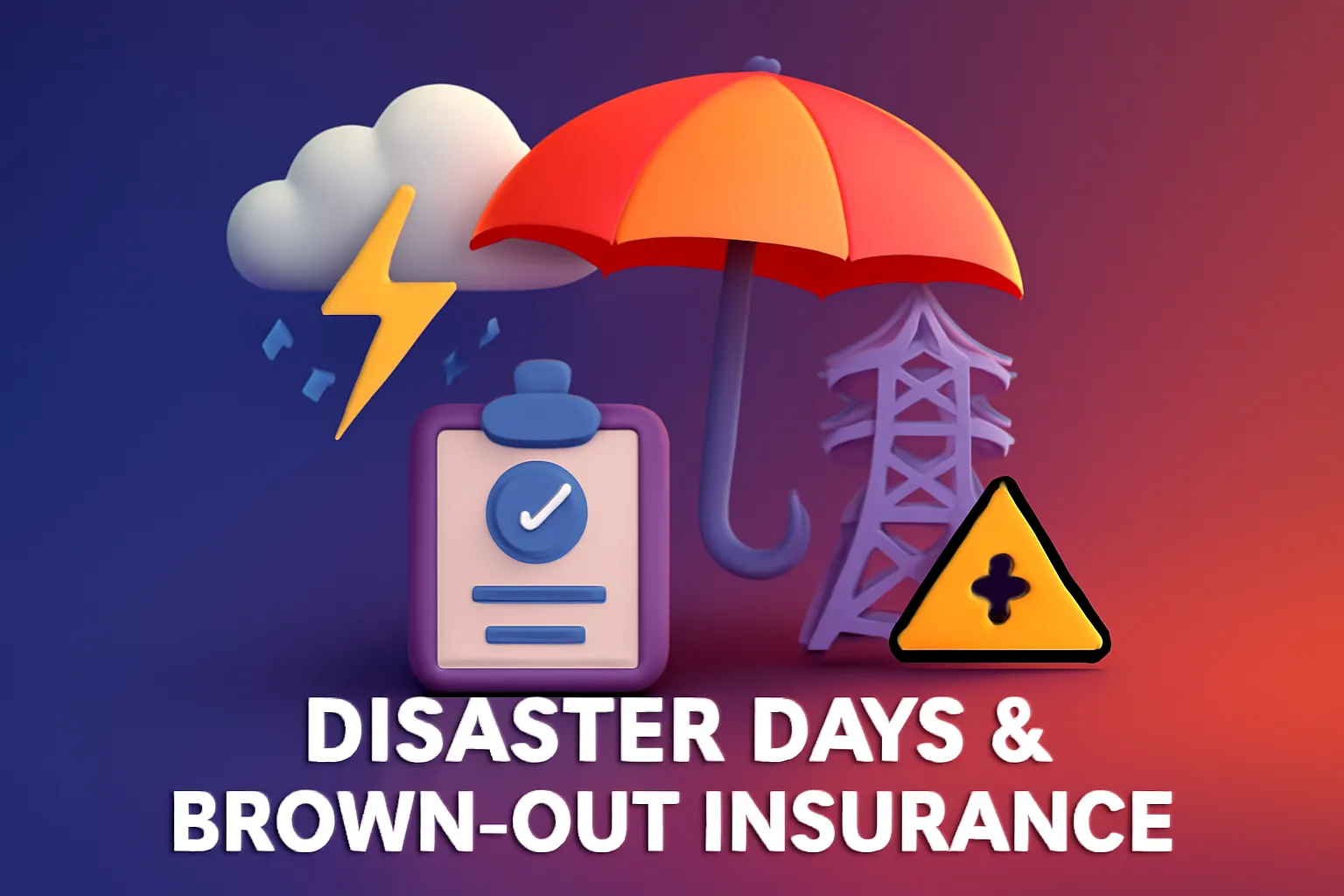
Typhoon season reminder: a charged pocket Wi-Fi can keep the family online while the neighborhood waits for Meralco. Your phone stays free for voice calls to check on relatives, and the kids can still attend class on a laptop.
eSIM-only strategy is sleeker day-to-day, but tethering drains your phone quick when the lights go out—unless you’re disciplined about that 20,000 mAh power bank.
A lot of remote-work veterans simply run both: eSIM for daily errands, pocket hotspot as the “break glass in case of power outage” option.
Use-Case Showdown
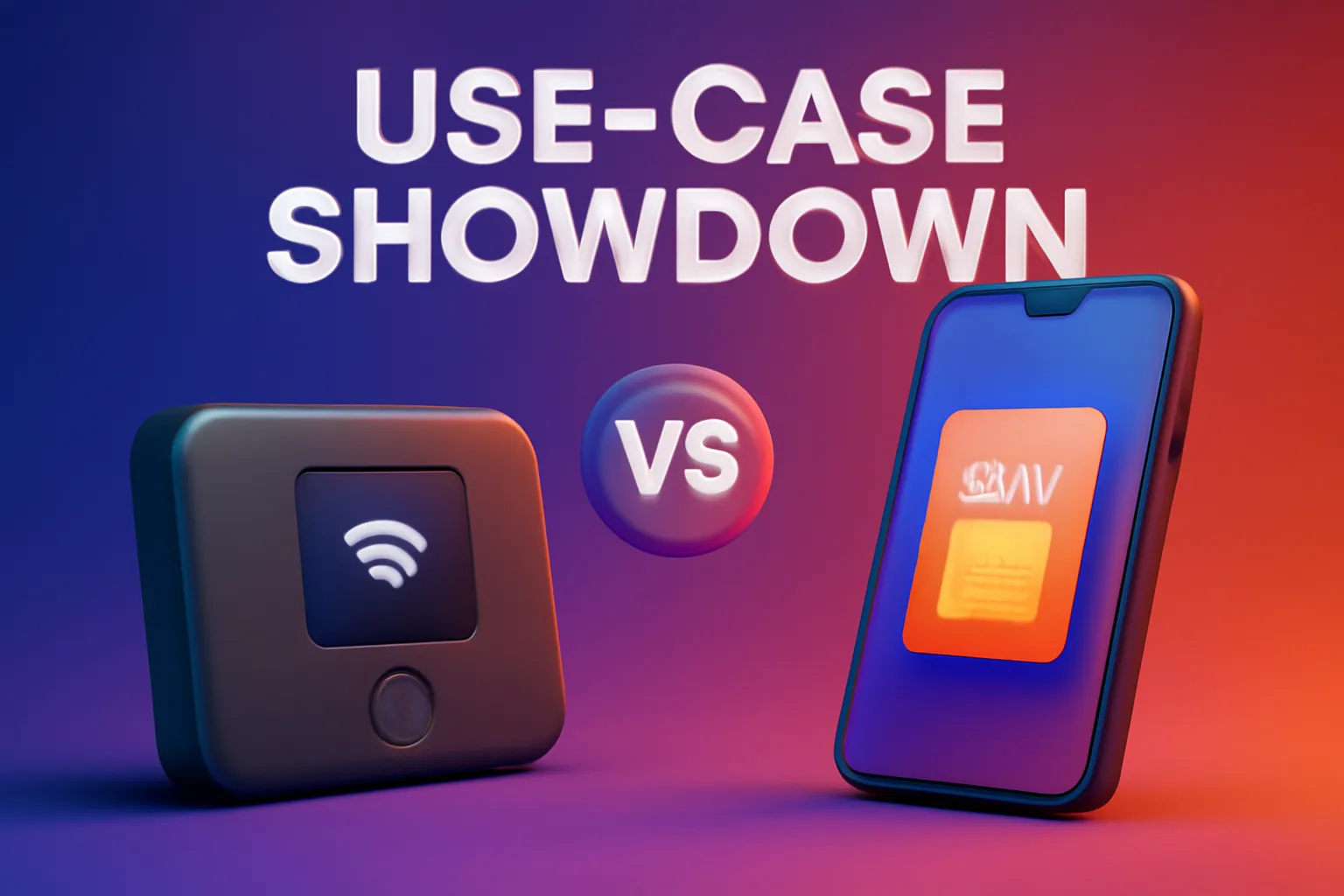
|
Persona |
Pocket Wi-Fi Perks |
eSIM Perks |
|
Work-from-home parent |
Keeps two laptops + smart TV online during fiber outages |
Keeps personal number and cheap travel line in one phone |
|
Weekend surfer in La Union |
Barkada shares one unlimited data sim—no one fights over passwords |
Pop in a 3-day eSIM so your main SIM stays free for calls |
|
Frequent-flyer exec |
Hotel room becomes mini-LAN for kids’ tablets without roasting phone |
Buys country-hop eSIM packs on the boarding bridge |
|
Budget-strapped student |
Converts ₱999 UnliData into a dorm LAN for group projects |
Uses cheap daily “Go50” eSIM promos and never buys hardware |
Quick Decision Tree
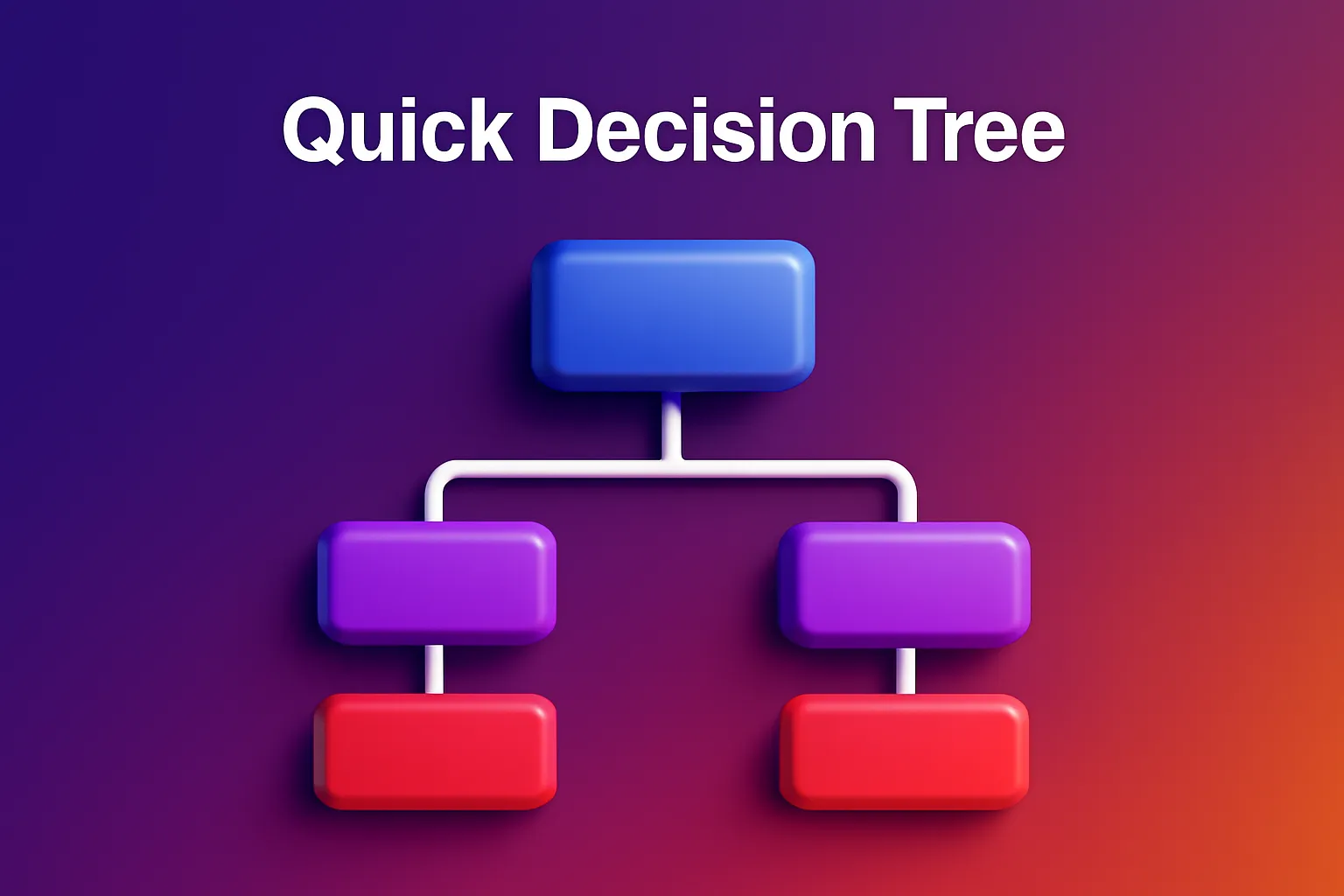
- Need 5+ devices online often? ➜ Pocket Wi-Fi.
- Hate carrying extra gear? ➜ eSIM.
- Doesn’t support eSIM? ➜ Pocket Wi-Fi (or upgrade time!).
- Travel abroad every other month? ➜ eSIM first, hotspot optional.
- Live in brown-out land? ➜ Keep a charged hotspot as a parachute.
Conclusion
There’s no universal champ—only the right tool for your daily chaos. Pocket Wi-Fi is the chunky multitool: perfect for family trips, outage insurance, and gadget-heavy days. eSIM is the sleek, invisible blade: nothing to lose, nothing to charge, instantly swappable when you cross borders.
